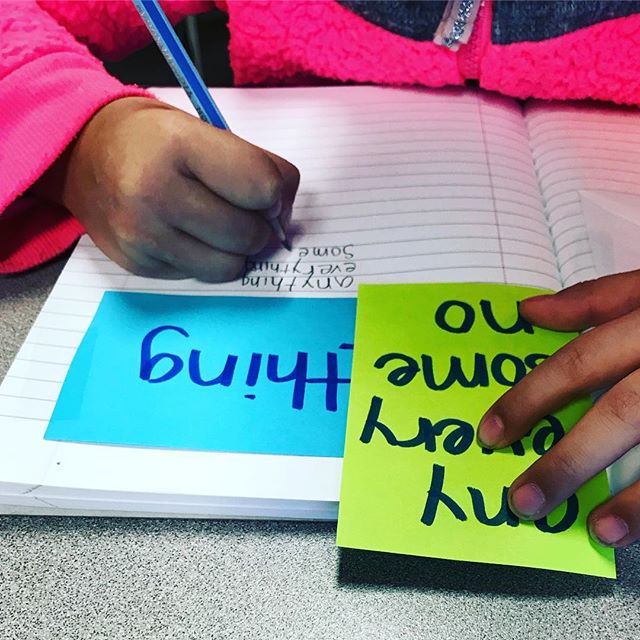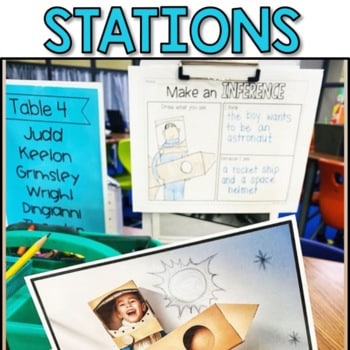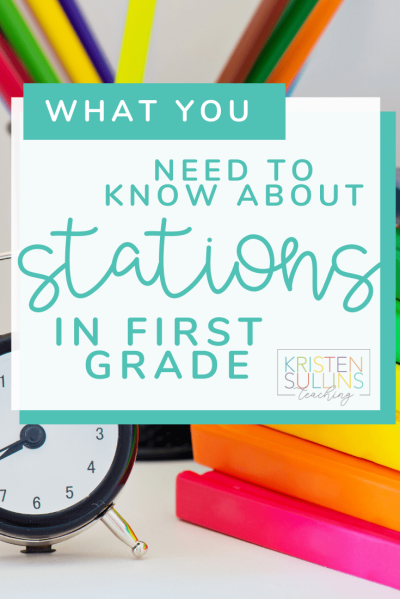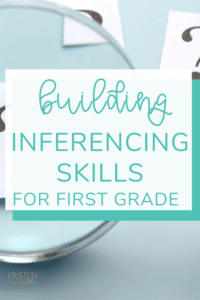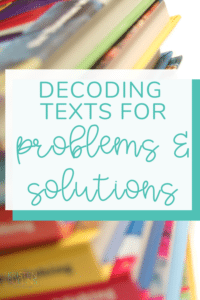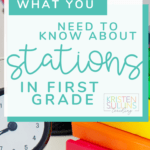I hear it all the time. What do I REALLY need to know about first grade reading stations?
How do I set up reading stations?
How do I manage station behavior for first grade?
It takes so much time and so much money!
And on top of all of that, I'm supposed to be running an effective Guided Reading group?? What do I even do at my small group table?
How do I fit it all in?
If you have ever asked yourself one or more of these questions, this post is for you!
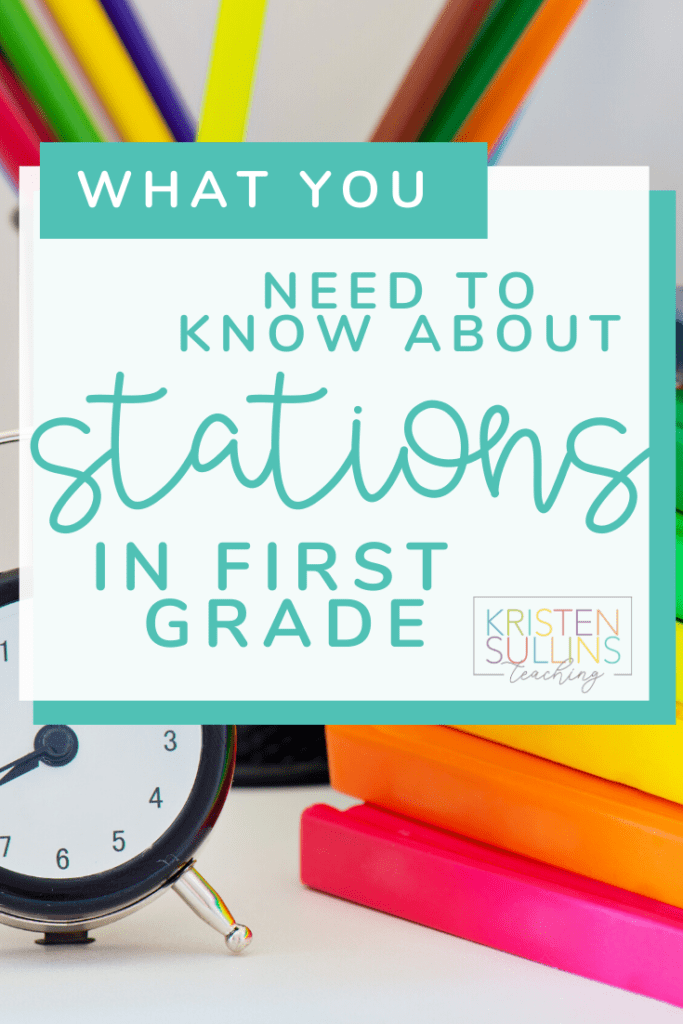
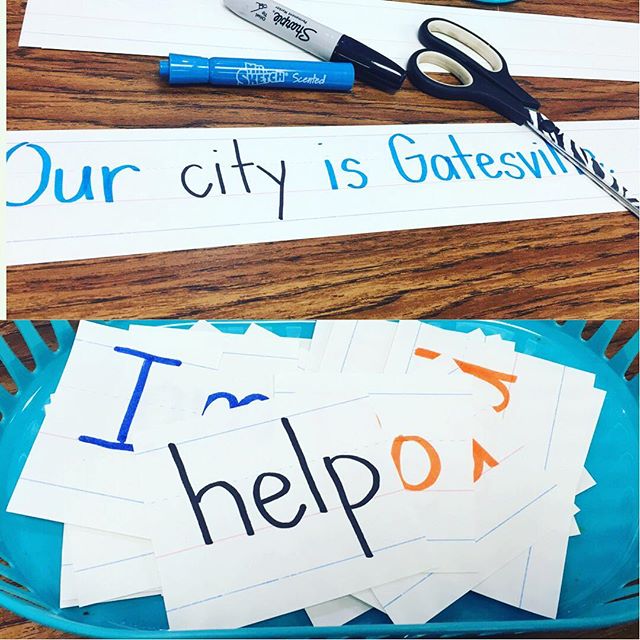
Saving Time and Money by Re-Purposing Activities into Reading Stations
You don’t need to spend a lot of money buying stations. Yep, I said it. This is one of the biggest mistakes I made my first few years of teaching. Don’t get me wrong, I’m all for a good holiday themed spiral review station, BUT I don’t use as many of them as I used to.
One of the biggest complaints that I hear from teachers is not having enough time to “fit it all in”. I feel you, it’s tough!
One of the ways that I’m able to carve out a little more instructional time for myself is by imbedding “independent practice” into my stations.
For example, I might teach a lesson on short a v. long a words. We would do some oral practice, I might even throw in an anchor chart. But that short a and long a sorting worksheet? That goes into my word work station during guided reading! BAM! You just saved yourself at least ten minutes of instructional time.
Now let’s talk about saving you some money. You know that activity that you did whole group? The one where you looked at a photograph and practiced how to make an inference? Yeah, that’s the one.
Why are you only using it once and then filing it away?!?!
You need to think of yourself as Joana Gaines of the classroom! Never, ever use an activity once an file it away. I can promise you at least 90% of your whole group activities can be re-purposed into a station activity in some way! You might have to get creative, but you’re a teacher, you can do anything.
Starting First Grade Reading Stations Day One
New to first grade teachers tell me all the time: “I’m worried that I’m going to expect too much from them. I don’t know how independent they really are.”
Let me just say, that the biggest mistake I think you can make as a first grade teachers is not expecting ENOUGH from your firsties. I know six years old sounds young. It is. But if my four year old can navigate Netflix better than his own parents, I think six year olds can handle literacy stations.
So that brings us to the question “When and how do I start?”.
Call me crazy, but I start on the first day of school.
Okay, please keep reading, I’m not really crazy. I start the routine of stations on the first day, but we do very simple and fun activities like STEM bins with alphabet puzzles and other review activities mixed in.
I set up 11 stations (2 students at each one). We spend 2-3 minutes at each station. The whole purpose of starting stations on day is ROUTINE. You should be focused on:
- noise level
- staying engaged in a station
- working collaboratively with a partner
- what to do if you need help
- cleaning up quickly and quietly when it’s time to switch
As a teacher, you are walking around and correcting behavior. If you find more than 2-3 students not exhibiting ideal station behavior, pull students back to the rug to talk about what was working well and what wasn’t then send them back.
This is the same concept that you follow to build stamina for independent reading, only you are building stamina for independent stations.
Don’t be afraid to tell students WHY you need them to act a certain way during stations:
- Students should be working together and learning together to practice things we’ve talked about in class.
- Students should be working independently so that the teacher can work with a small group of students and helping them become better readers.
A mistake I found myself doing for a long time was thinking that the “why” conversation was too “adultish” for them. And for some of them, they don’t understand. But I think you’ll be surprised how some students are more likely to meet your expectations when you tell them WHY it’s important.
Instead of saying, “I need you to work quietly”, say “I need you to work quietly so that the group of my students at my table can learn to be better readers”. Because all of us, no matter what age, can always become a better reader. It also helps to create a sense of community within your classroom.
Remember, the ultimate goal of stations is for students to work and solve problems independently so that you can work with a small group of students.
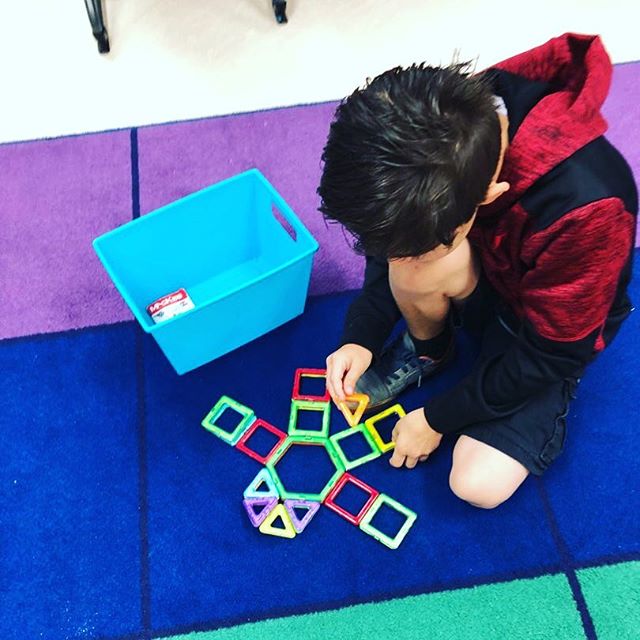
Stepping up your First Grade Reading Stations
Okay, you are a few days or weeks into the school year and you are ready to step up your literacy stations from routine focused to instruction focused. Here are a few easy steps to take your literacy stations to the next level.
Step 1: Increase Time
Start by increasing your time by one minute increments. If you started at 2 minutes, increase by one minute a day until you hit 10 minutes.
There is no “right” number when it comes to how long your literacy stations should last. It all depends on you, your class and your schedule.
For me, 10 minutes is kind of my sweet spot, but some days we do 8 minutes if we are running short on time. But I also know of teachers who run 15-20 minute intervals and have a more activities for the students to complete during that time.
**COVID Suggestion: If you are running stations in your classroom during the COVID outbreak and are wanting to limit student movement/sharing of materials, I would consider breaking your stations into Day 1 and Day 2, but doubling your time in each station. So instead of worksheet 1 on Monday and worksheet 2 on Tuesday, they would do both worksheets during their word work time on Monday, but would not go to the word work station on Tuesday.
All-in-One Schedule | Split Schedule |
Monday: 10 minutes each All students at all stations -Word Work -Writing -Reading -Technology -Journal -Poetry | Monday: 20 minutes each Group A: -Word Work -Writing -Reading Group B: -Technology -Journal -Poetry |
Tuesday: (same as Monday) | Tuesday: 20 minutes each Group B: -Word Work -Writing -Reading Group A: -Technology -Journal -Poetry |
Step 2: Add in Familiar Activities
I try to map out my first four weeks of stations before school even starts. I know this sounds crazy, but I think of it as backwards planning.
I start with an activity that I know I want students to be able to complete independently in their stations. Then, I make sure add that same activity (or a very similar one) into my lesson plans at least twice before I expect students to complete it in a station.
This helps students become familiar with the activity and my expectations and helps cut down on the amount of questions I get during guided reading stations because the goal is for students to be able to solve most problems on their own during guided reading time.
Step 3: Experiment with your Group Combinations
There are so many great suggestions out there about how to group students for station groups. What I can tell you from experience is that it’s less about academic level and more about personality and maturity level.
I spend the first few weeks of school intentionally pairing students together during stations to see how they interact with each other. I make notes about who works well together and who doesn’t. But more importantly, I’m looking for who can start a station independently and who needs more guidance.
When I’m creating station groups I plug students into groups in this order:
- Students who complete stations correctly with little or no guidance
- Students who need a lot of guidance
- Students who need guidance sometimes
Then I look at the list and make changes based on who works well together and who doesn’t.
It can make a huge difference in the success of your stations if you spend some time intentionally building your station groups! And remember that they do NOT have to be in the same station group just because they are in the same guided reading group. In fact, it’s better if you have a range of reading levels because they can learn from and help each other!
Step 4: Build in Clean Up Time
This may sound like a no brainer, but last year I added a one minute clean up slide to my guided reading powerpoint. I’ve always made students clean up between stations, but now with our one minute clean up time, it’s like the whole class freezes and resets before it’s time to switch.
It has helped tremendously with the noise level during transitions and also making sure that station materials get clean up and put back correctly.
**COVID suggestion: This is a great opportunity for you to wipe down/sanitize materials between stations. It could even be extended to give students time to use Germ-X between stations.
Station Management for First Grade
Okay, so you’ve started stations and you’re ready to start meeting with small groups, but without your constant attention your groups are starting to fall apart a little bit. It’s not your fault, kids like to test boundaries.
So what do you do? Let me introduce you to the 1 minute Station Launch.
In the first minute of every station change:
-15 seconds: set up a review activity at your table (sight word game, read yesterday’s book)
-45 seconds: walk the room and make sure everyone is at the correct station and has the materials that they need
If it’s time to switch stations while a group is still reading at their table, give them a 30 minute assignment (keep reading, study this photo and think of one question to ask). Take 30-60 seconds to walk the room and make sure everyone has what they need, then return to your table and resume your guided reading lesson.
I also do a quick walk around the room between each guided reading group whether it is time for a station change or not.
When students know that you are going to be monitoring the room during every station change, the station disruptions get cut out drastically. They know you are coming to check on them so they are more likely to be doing what they are supposed to.
What Should I be doing in my Guided Reading Group
Teachers ask me all the time, what Guided Reading program should I use? What should I buy on TPT? If I’m being honest, I think it’s less about the program and more about how you set up your small group time.
Teachers have also told me that guided reading stresses them out because they aren’t sure what to do. JUST. DO. SOMETHING.
Here’s my bottom line for every group:
- Read
- Word Work
- Writing
There is no right or wrong way to do those three things. You can do them in any order. You can use whichever resource is right for that group and that book.
The key to being a good guided reading teacher is two things: consistency and flexibility.
Consistency: reading every day with a combination of writing and/or word work
Flexibility: using different resources and methods to meet the needs of the group that you are working with and knowing that every group’s needs are going to be different and that those needs will change frequently
Your job as a reading teacher is to meet each student where they are and doing whatever it takes to help them become a better reader.
So, if no one has told you this lately, you are doing a great job!
P.S. Need some warm up activities? Check this out…
First Grade Reading Stations
Ready to have comprehension tools at your fingertips for the entire year? This YEAR LONG Curriculum is a 10 unit system of Reading Comprehension Skills that you can refer back to AGAIN and AGAIN!
Do you have good ideas for teaching comprehension but can’t always think of a good question in the moment?
Or maybe…
You have some activities for comprehension but piecing together different things is both time consuming and leaves you with holes.
As first grade teachers, we know that if you don’t have a solid system of comprehension tools at your fingertips, then..
You will lose valuable moments with your students to not only teach, but to solidify essential comprehension skills.
Before I created this reading comprehension curriculum, I was wearing myself out constantly searching for activities.
Some activities were great… others were ok.
I just never felt like I had a good system because there were so many “holes“.
And too many activities didn't offer a chance for students to be interactive.
And I felt like I wasn't serving my students in the way that they deserved.
I not only wanted a solid library of resources to pull from, I wanted to make sure that the activities we were using were MAKING A DIFFERENCE!
This reading comprehension curriculum has given me the confidence and structure that I needed to boost my students' comprehension skills.
I can't wait for it to do the same for you!


